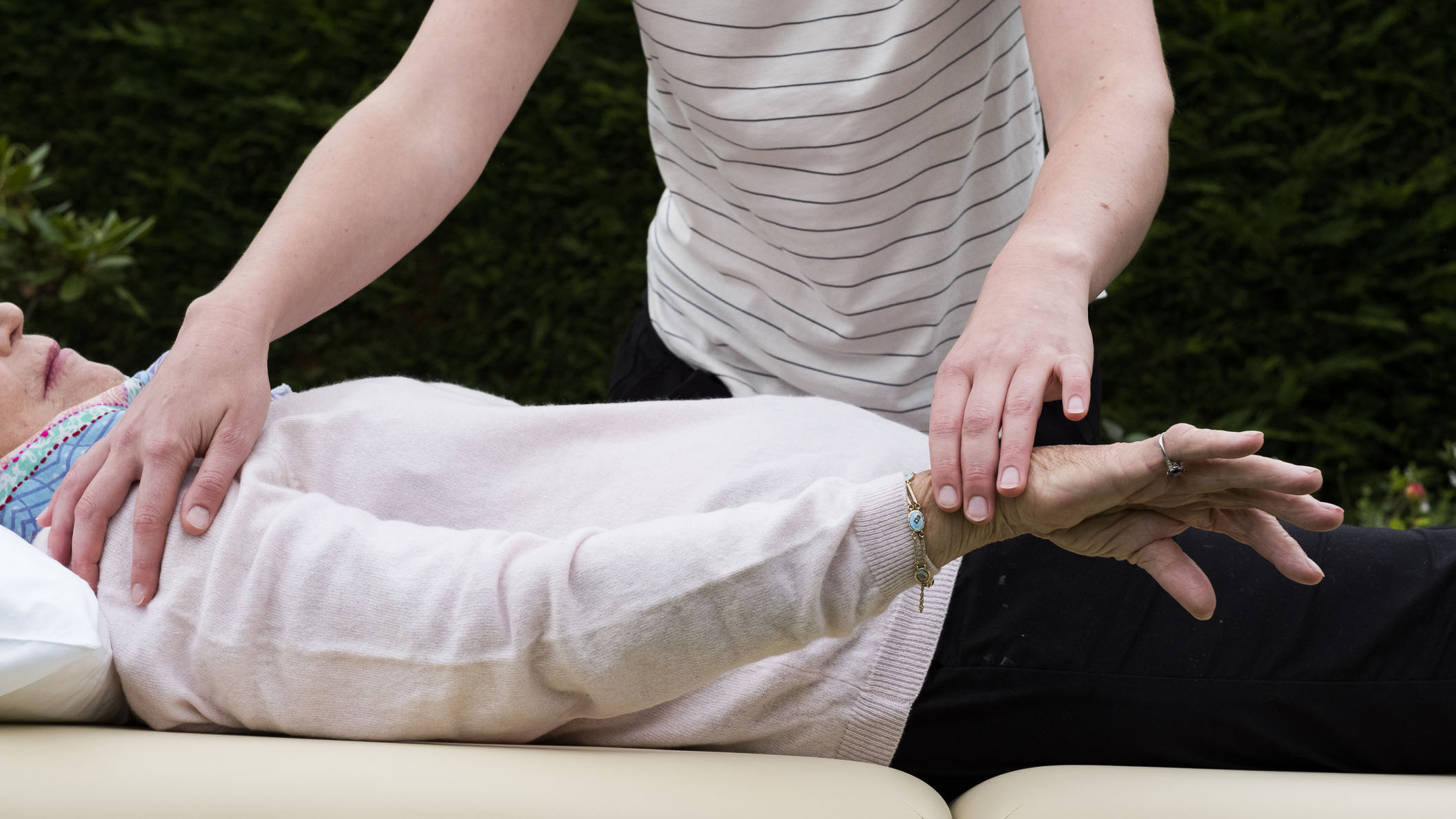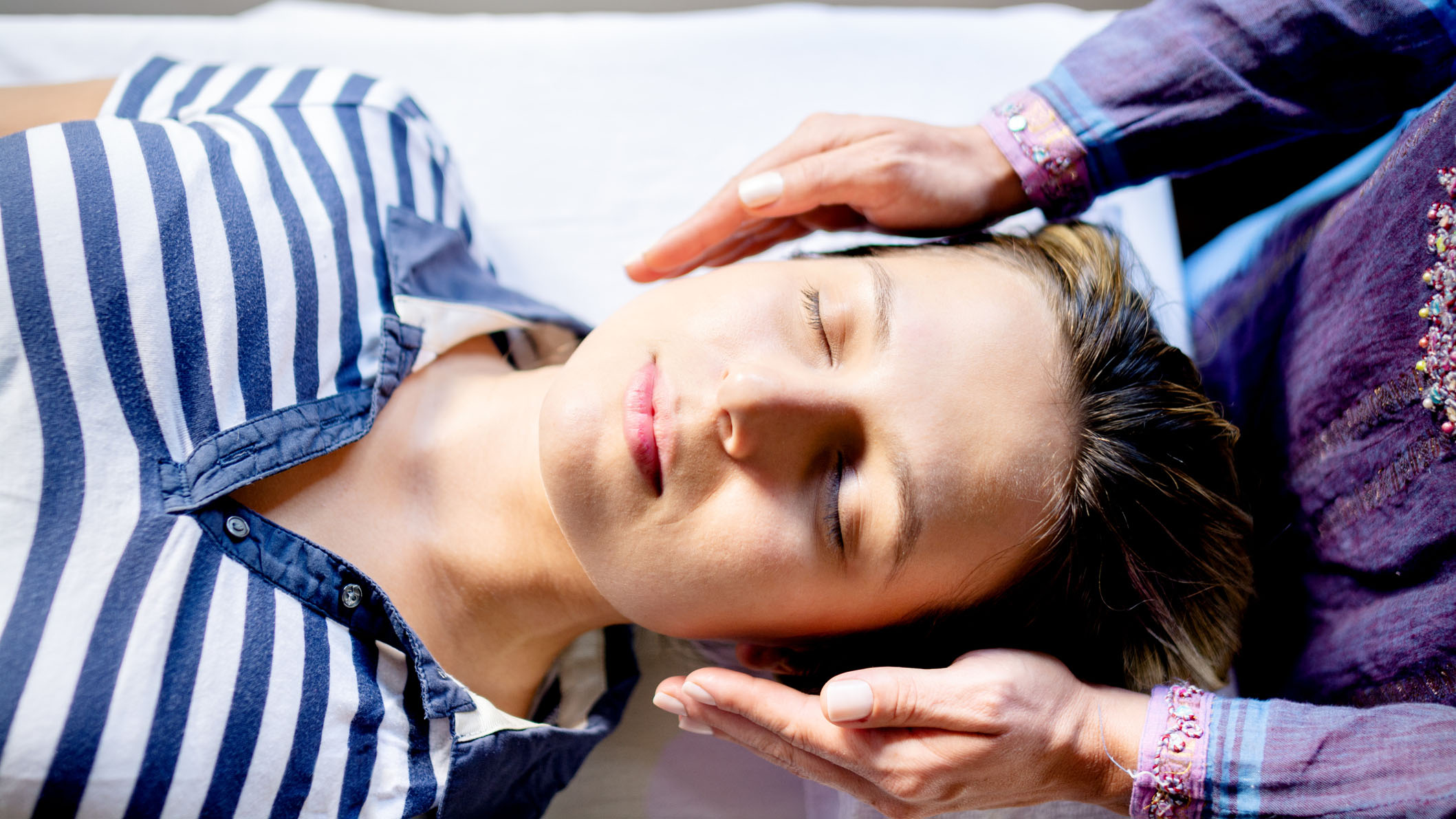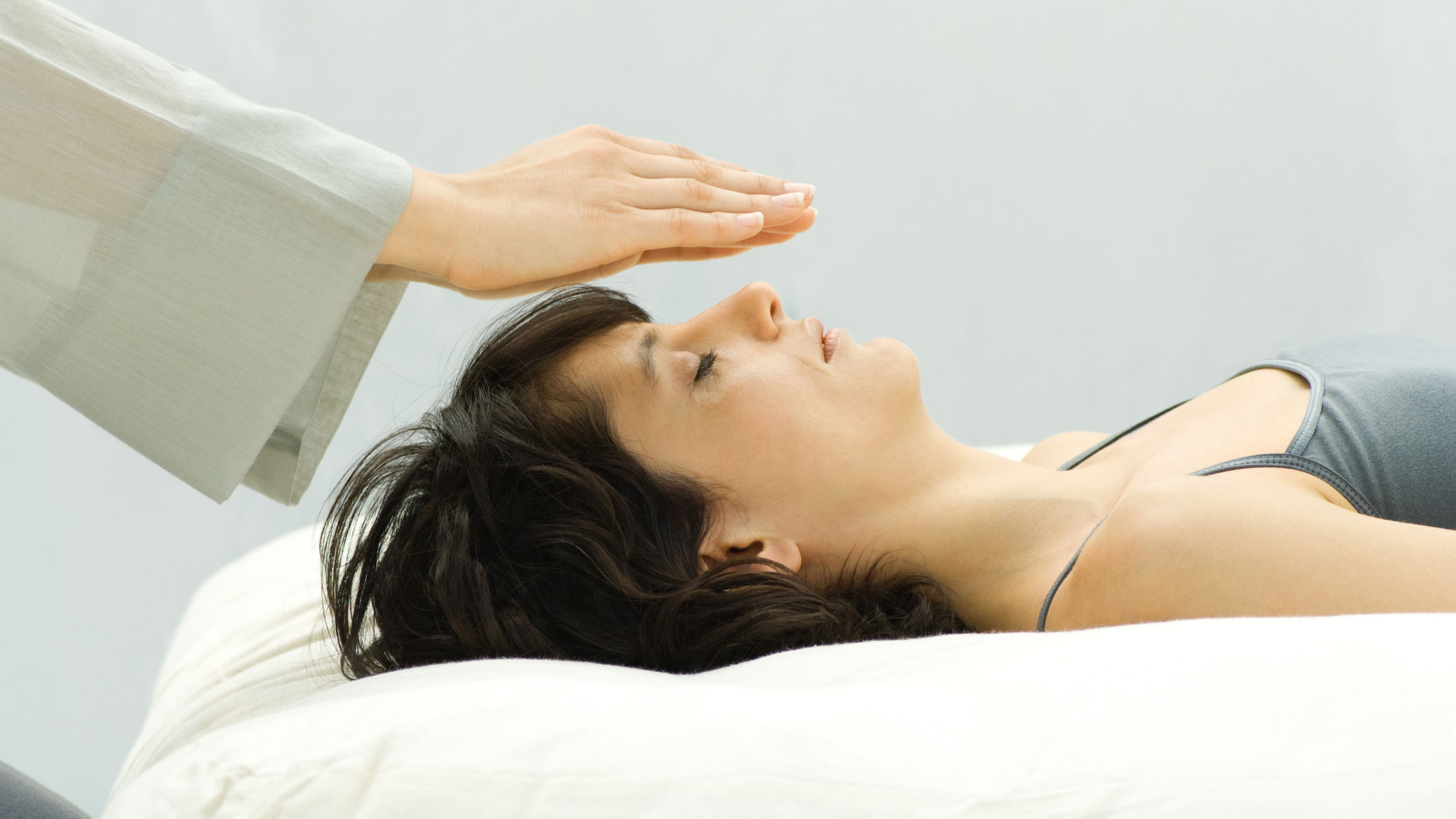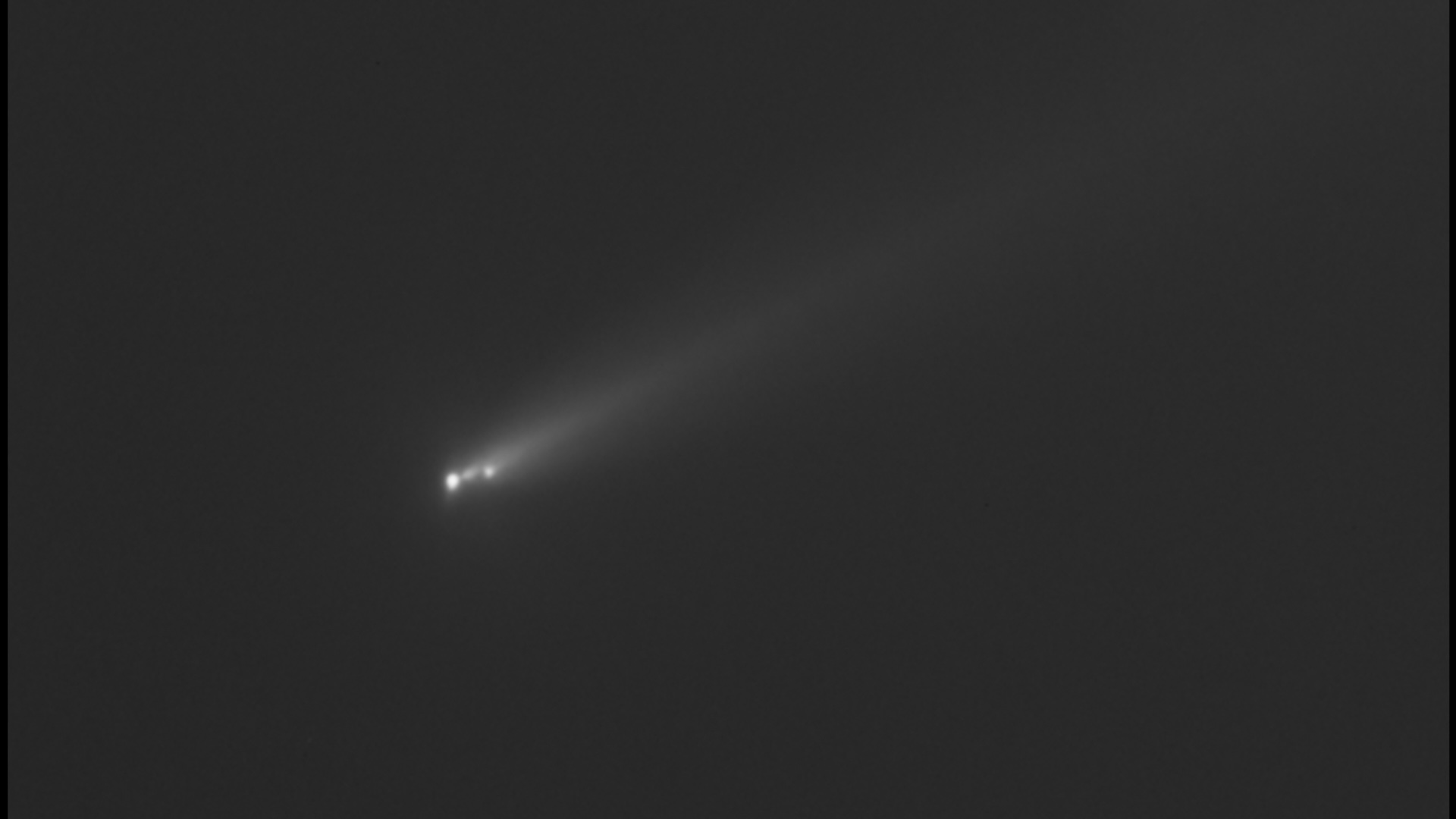What is reiki and does it work?
Reiki is a therapy often described as palm healing or hands-on-body healing in which a practitioner places hands lightly on or over a patient's body to treat or cure various ailments.

Reiki is a therapy often described as palm healing or hands-on-body healing in which a practitioner places hands lightly on or over a patient's body to facilitate the patient's process of healing.
Reiki combines the Japanese and Chinese word-characters of "rei" (spiritual or supernatural) and "ki" (vital energy). One of the basic ideas held by those who practice Reiki is that this vital energy can be channeled to support the body's natural ability to heal itself, according to the National Center for Complementary and Integrative Health (NCCIH).
However, there is no scientific evidence to support claims that so-called vital energy actually exists, nor is there conclusive evidence that Reiki is useful for any health-related purpose, according to the NCCIH. But despite the fact that Reiki hasn't been proven effective at treating certain health conditions, that doesn't mean it's a harmful practice.
"Reiki can do no harm — the worst thing it can do is nothing," said Ann Baldwin, a professor of physiology at the University of Arizona and a trained Reiki master, or practitioner.
In recent years, Reiki has been integrated into many health care settings, including hospitals, Baldwin told Live Science. And overlapping data from some of the more scientifically valid studies on Reiki suggest that this complementary therapy may play some role in reducing anxiety and pain, inducing relaxation, improving fatigue and helping relieve the symptoms of depression, according to the Center for Spirituality & Healing at the University of Minnesota (UMN).
Spiritual origins

Reiki's origins are sometimes disputed, but most agree that the therapy dates back to the late 19th or early 20th centuries and the teachings of a Japanese monk named Mikao Usui. Usui based his healing techniques on methods and philosophies drawn from several traditional Asian healing practices, according to New York University's Langone Medical Center.
At the root of Reiki is the concept — once known in Western medicine up through the Middle Ages and still seen today in Eastern medicine — that disease is caused by imbalances of vital energy in the body and that correcting these imbalances promotes healing, according to UMN's Center for Spirituality & Healing.
Get the world’s most fascinating discoveries delivered straight to your inbox.
Usui is said to have "rediscovered" this ancient concept of an inexhaustible energy source that can be harnessed for healing. Through a process called attunements, a Reiki master (Usui was the first) can teach others to master this healing power, as well. In 1937, a Japanese-American named Hawayo Takata brought the practice of Reiki to the West when she returned to her native Hawaii after an extended period of Reiki training in Japan, according to the International Center for Reiki Training.
How it works

During a Reiki therapy session, a patient typically lies down on a massage table. The Reiki practitioner places his or her hands over (or directly on top of) the patient's body in various positions, starting at the crown of the head, according to Baldwin.
"The Reiki energy flows through the practitioner, out of [his or her] hands to the person who's lying on the table," Baldwin said. However, the exact mechanism by which Reiki energy allegedly flows from one person to another is unknown, she added. And some Reiki masters claim that they can treat patients without being anywhere near them — a practice known as "distance healing."
"Nobody knows exactly how Reiki works," Baldwin said. "One idea is that Reiki is perhaps related to electromagnetic-type energy, and that it interacts with a person's electromagnetic field."
Another theory is that Reiki promotes relaxation, which in turn lowers a patient's stress response and encourages healing, according to UMN's Center for Spirituality & Healing. However, the overall efficacy of Reiki is not well founded in the scientific literature, according to the NCCIH.
What the studies say

Most medical therapies are tested using what's known as a double-blind, placebo-controlled study. In such studies, groups of patients are given either a real treatment or a fake treatment (such as a sugar pill). Neither the participants in the study nor the researchers themselves knows which patients received the real thing and which received a so-called "sham treatment," according to Langone Medical Center.
However, conducting a double-blind Reiki study is not possible because the person administering the treatment will inevitably know whether he or she is administering the real thing or a sham treatment. Because Reiki cannot be tested by the conventional methods, those in the medical community sometimes dismiss it out of hand.
But even those who review Reiki studies in earnest have found no proof that the practice is effective beyond the placebo effect. Among the largest Reiki studies is a systematic review of all published Reiki research, which appeared in the International Journal of Clinical Practices in 2008. The researchers concluded that most Reiki studies "suffered from methodological flaws such as small sample size, inadequate study design and poor reporting" and "the evidence is insufficient to suggest that Reiki is an effective treatment for any condition."
Yet, this fact does not seem to deter Reiki advocates like Baldwin, who point to other studies that show, for example, Reiki's effectiveness at reducing anxiety in women undergoing hysterectomies and at reducing pain in people with chronic illness.
Reiki masters don't necessarily promise to cure their patients of whatever ails them, Baldwin said.
"When Reiki is used on cancer patients, for example, it's not to heal the tumor. It's to put the patient more at ease and to reduce their pain and anxiety," Baldwin said. A recent study by researchers at the University of Pennsylvania found that Reiki does, in fact, serve that purpose for some cancer patients.
Additional resources
- Cancer Research UK elaborates on the use of Reiki as a complementary cancer treatment
- The Center for Reiki Research (lead by Baldwin) offers more information on the science behind Reiki
- The Committee for Skeptical Inquiry explores the pop psychology of Reiki.
